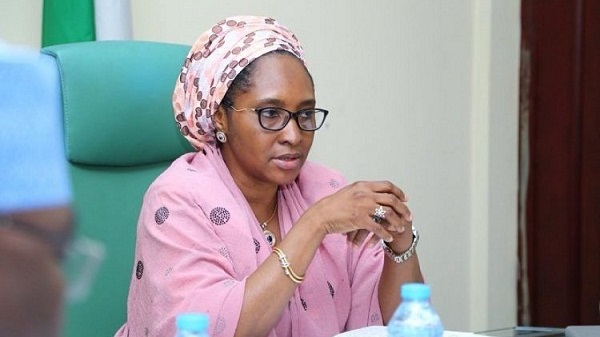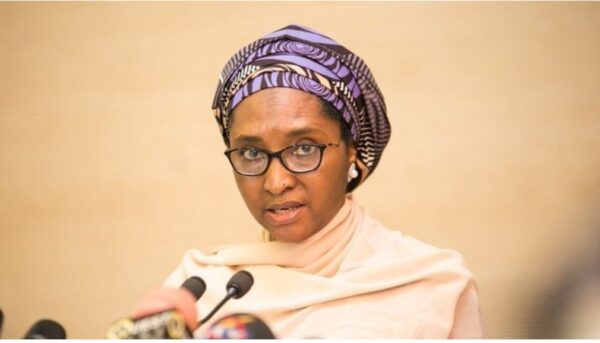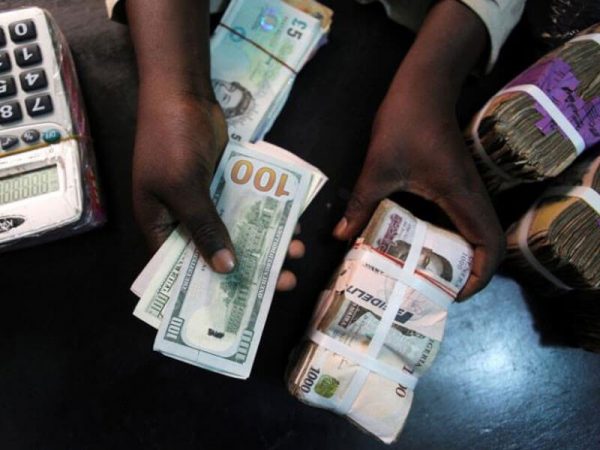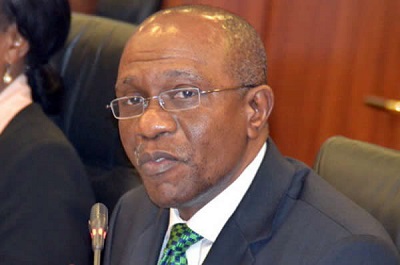‘Federal Government’s debt profile still aloft’

As Nigeria continues to battle the Coronavirus (COVID-19) pandemic, currently ravaging the nation’s economy, the Federal Government (FG) has announced plans to borrow as much as $6.9 billion from international lenders.
The Minister for Finance, Zainab Ahmed, said the plan to borrow from lenders like the World Bank, African Development Bank (AfDB), Islamic Development Bank (IDB), and International Monetary Fund (IMF), was necessary as the country is struggling to counteract the impact of coronavirus on the economy.
The Minister stated this after a recent meeting held with the leaders of the Nigerian Senate, and Federal House of Representatives, seeking the approval to set up a $6.9 billion (N500 billion) intervention fund to fight the COVID-19.
She said the government would ask for $3.4 billion from the IMF, $2.5 billion from the World Bank and another $1billion from the African Development Bank (AfDB), noting that the government also applied for funding from the IMF’s COVID-19 Rapid Credit Facility to draw from the nation’s existing holdings with the World Bank Group and IMF, and would not be tied to any conditions.
She noted that Nigeria would continue its engagements with the World Bank, AfDB, IDB, and IMF to access concessional funding to support the implementation of the 2020 Budget.
The FG has also requested to fully draw down on the outstanding balance of $82 million from the $90 million Regional Disease Surveillance Systems (REDISSE) facility from the World Bank, out of which $8 million has been drawn and has requested additional financing of $100 million from the REDISSE project to meet COVID-19 emergency needs.
This came after the FG recently suspended its $22.7 billion external borrowing plans due to current realities in the global economic landscape driven by the fall-outs of the COVID-19 pandemic, saying that market indices do not support external borrowings at the moment.
Amid the hunger for more funds by the FG, recent data published by the Debt Management Office (DMO) shows a rise in total public debt by 12.4 per cent Year-on-Year (Y-o-Y) to N27.4 trillion ($84.1billion) from N24.4 trillion ($79.4 billion) in Full Year (FY) 2018, following a 21.1 per cent growth in FG’s borrowings to N23.3 trillion.
According to the data, the FG’s total domestic debt grew by 11.7 per cent Y-o-Y to N14.3 trillion, as promissory notes surged 121.1 per cent Y-o-Y to N732.6 billion, driven by the Federal Executive Council (FEC)’s approval of N3.4 trillion new notes for the settlement of accumulated arrears.
Similarly, the total FGN Savings bonds and FGN bonds also rose 17.9 per cent and 12.7 per cent Y-o-Y to N12.7 billion and N10.5 trillion respectively.The FG’s external debt rose from 9.9 per cent to $27.7 billion in FY2019, driven by a 22.6 per cent and 15.5 per cent Y-o-Y uptick in multilateral and bilateral financing to $12.7 billion and $3.8 billion respectively while commercial loans remained flat at $11.2 billion Y-o-Y.
FG’s debt strategy to take a backseat
From the available figures, the FG’s strategy to diversify its debt mix by increasing the share of foreign debt to 40.0 per cent of total debt to reduce debt-servicing cost seems to be gradually working.
The FG’s total debt service in FY2019 moderated to 6.9 per cent Y-o-Y, amounting to N2.2 trillion from N2.3 trillion in FY2018. The moderation in debt service was mainly because of the reduction in external debt service, which fell 9.4 per cent Y-o-Y to $1.3 billion.
This was driven by a 23.6 per cent Y-o-Y moderation in external commercial debt service to $787.2 million, despite increases in multilateral and bilateral debt servicing costs, while domestic debt service reduced by 6.2 per cent Y-o-Y to N1.7 trillion.
However, the FG’s debt mix remained below target with a split of 32.9 per cent for external debt in FY2019 from 31.8 per cent as of FY2018. As external pressures intensify, it would be increasingly difficult to achieve the FG’s target. External debt issuance in the near term would be a walk on a tight rope given recent credit rating downgrade by major rating agencies.
Recently, FG’s long-term credit rating by Standard and Poor’s (S&P) was lowered to junk status, making it even more difficult to return to the Eurobond market in the near term despite a lower interest rate environment.
The case for domestic debt issuance is more compelling as the average yield on FGN bond is currently at 11.6 per cent relative to the yield on Eurobond at 12.2 per cent.
Debt sustainability pressures
In the wake of exchange rate devaluation, lower oil prices regime, and the shutdown of economic activities, debt sustainability remains a concern.
Total public debt to GDP moderated marginally to 19.0 per cent in FY2019 from 19.1 per cent in the previous year while FG’s debt to the Gross Domestic Product (GDP) increased to 16.2 per cent as at FY2019 from 15.1 per cent in FY2018.
These ratios remain below the recommended threshold of 55.0 per cent by the IMF and World Bank. However, debt servicing to revenue ratio was elevated at 56.4 per cent of estimated actual revenue in FY2019, though lower than the 61.0 per cent for FY2018.Given the prospect for weaker revenue collection in 2020, a significant increase in FG’s budget deficit and debt servicing cost is anticipated.







